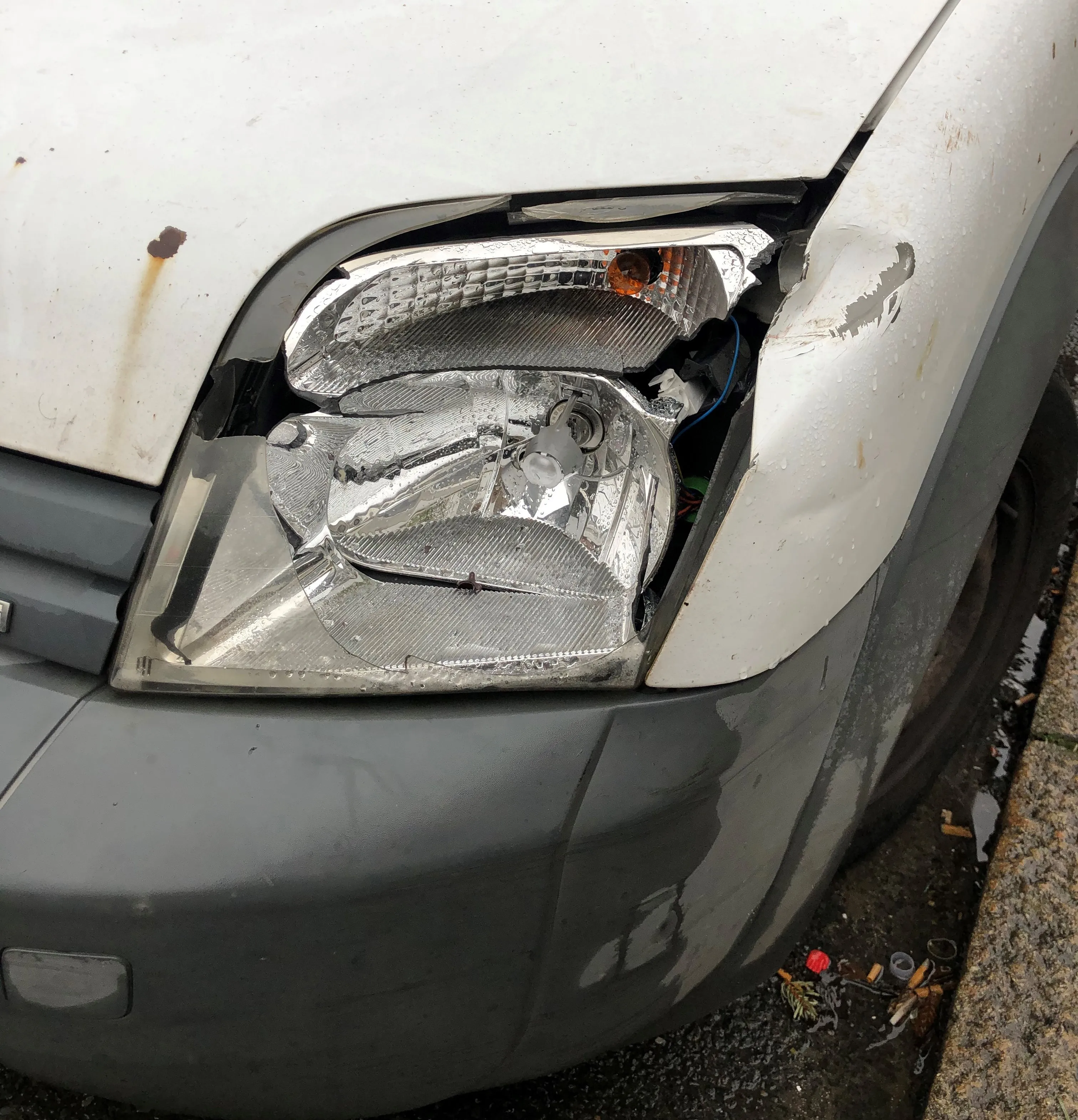An increase in road fatalities and serious injuries has been recorded for 2015. This has become clear following the publication of the European Commission’s 2015 provisional road safety figures. The data reveals an increase in fatalities compared to the previous year. And even in 2014, there was only a 0.6% reduction, and it had been the first year for some time without a significant drop in deaths and injuries. This stagnation means that the EU is further away from its goal of halving road deaths by 2020.
March 31, 2016
Read time: 2 mins
An increase in road fatalities and serious injuries has been recorded for 2015. This has become clear following the publication of the European Commission’s 2015 provisional road safety figures. The data reveals an increase in fatalities compared to the previous year. And even in 2014, there was only a 0.6% reduction, and it had been the first year for some time without a significant drop in deaths and injuries. This stagnation means that the EU is further away from its goal of halving road deaths by 2020.
Jacob Bangsgaard, FIA Region I director general, said: “We hope that the EU and Member States see these figures as a wakeup call. New challenges, such as driver distraction, are emerging today that are linked to a broader use of technology and should be addressed in their own right. However, some low hanging fruit such as: mandating existing safety technologies such as automatic emergency braking (AEB); improving the training of novice drivers; and ensuring an adequate standard for our roads, would already go a long way to improving the situation.”
The FIA encourages renewed efforts, in particular with regards to protecting vulnerable road users and addressing emerging risk factors such as the increased distraction of traffic participants. The FIA is calling on policy makers to mandate the fitment of active safety systems such as AEB and to make more stringent procedures mandatory in the revision of the pedestrian protection regulation. It is also calling for support for a lifelong learning approach for all traffic participants and for second phase training for novice drivers and to ensure maintenance of the infrastructure financed by taxes and charges revenues paid by road users.
Many drivers still think it is acceptable to drive while tired or to use cellphones at the wheel for conversations, or for using the Internet or texting. Further education is required to make these people realise they cannot drive safely while fatigued or while distracted and that there is considerable research showing the dangers.
Jacob Bangsgaard, FIA Region I director general, said: “We hope that the EU and Member States see these figures as a wakeup call. New challenges, such as driver distraction, are emerging today that are linked to a broader use of technology and should be addressed in their own right. However, some low hanging fruit such as: mandating existing safety technologies such as automatic emergency braking (AEB); improving the training of novice drivers; and ensuring an adequate standard for our roads, would already go a long way to improving the situation.”
The FIA encourages renewed efforts, in particular with regards to protecting vulnerable road users and addressing emerging risk factors such as the increased distraction of traffic participants. The FIA is calling on policy makers to mandate the fitment of active safety systems such as AEB and to make more stringent procedures mandatory in the revision of the pedestrian protection regulation. It is also calling for support for a lifelong learning approach for all traffic participants and for second phase training for novice drivers and to ensure maintenance of the infrastructure financed by taxes and charges revenues paid by road users.
Many drivers still think it is acceptable to drive while tired or to use cellphones at the wheel for conversations, or for using the Internet or texting. Further education is required to make these people realise they cannot drive safely while fatigued or while distracted and that there is considerable research showing the dangers.







